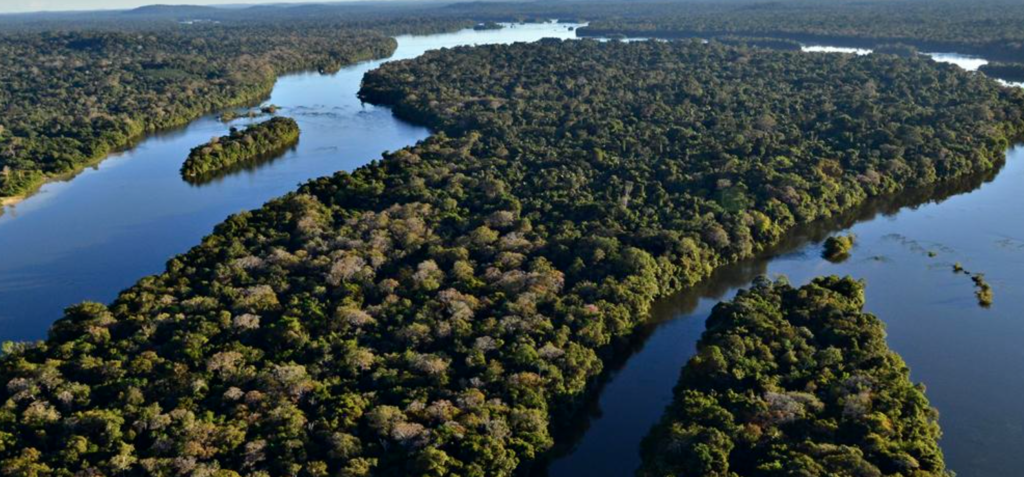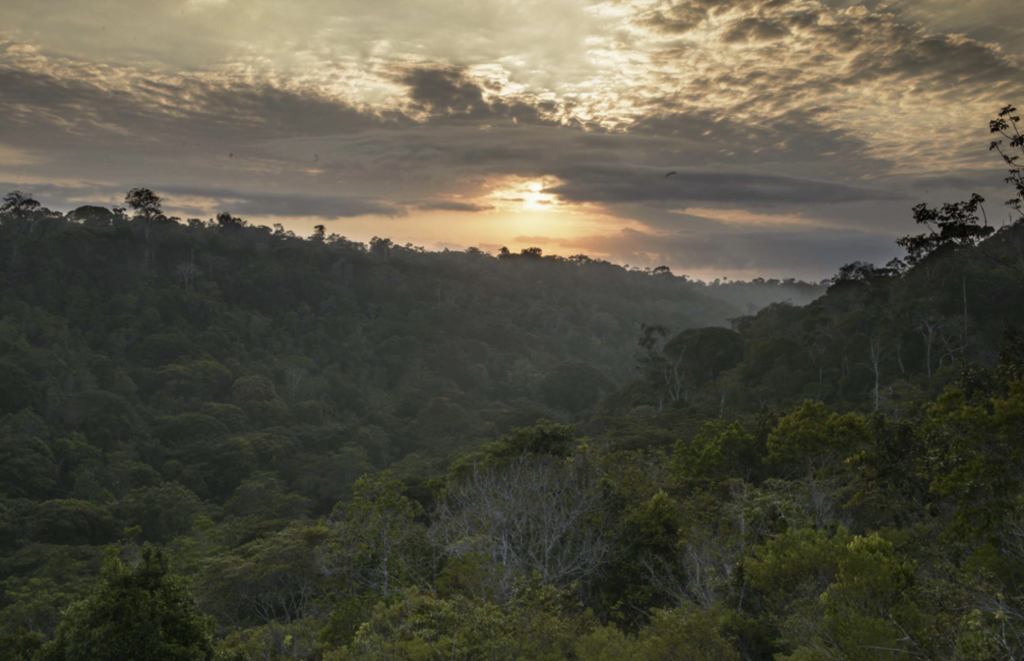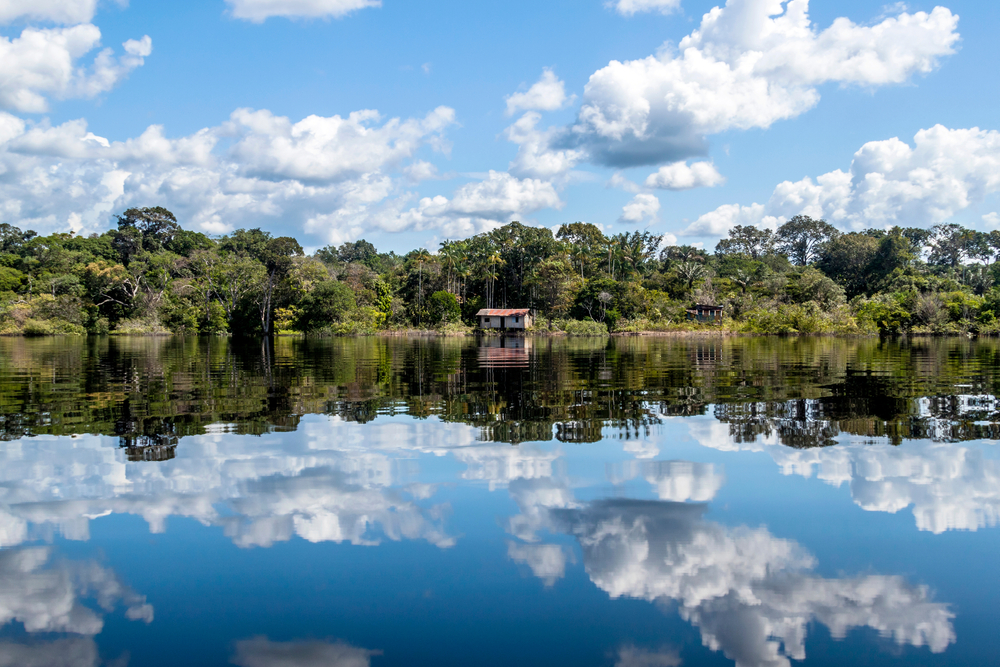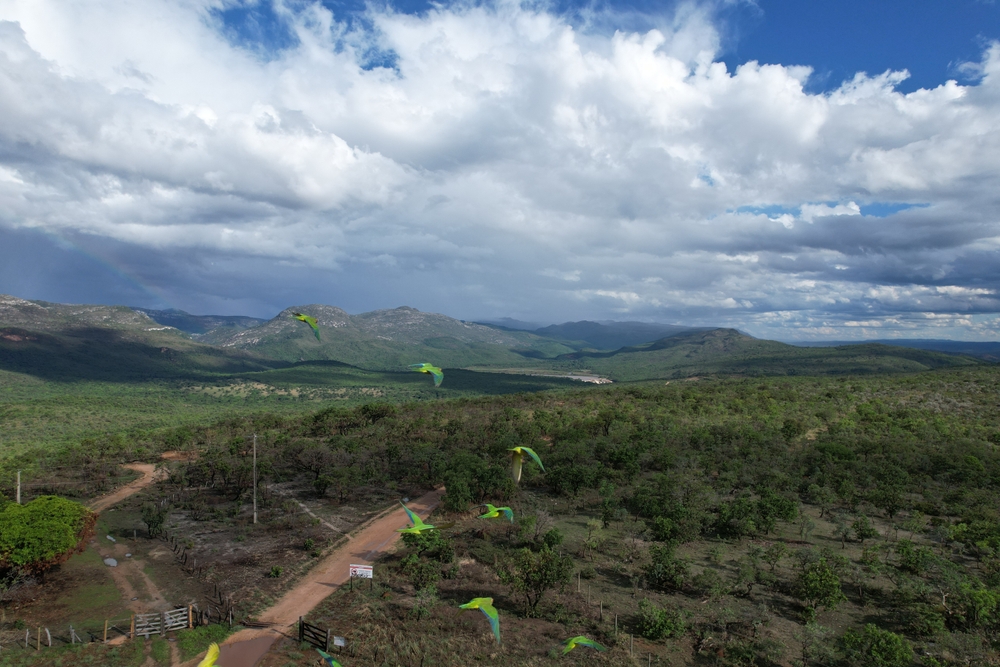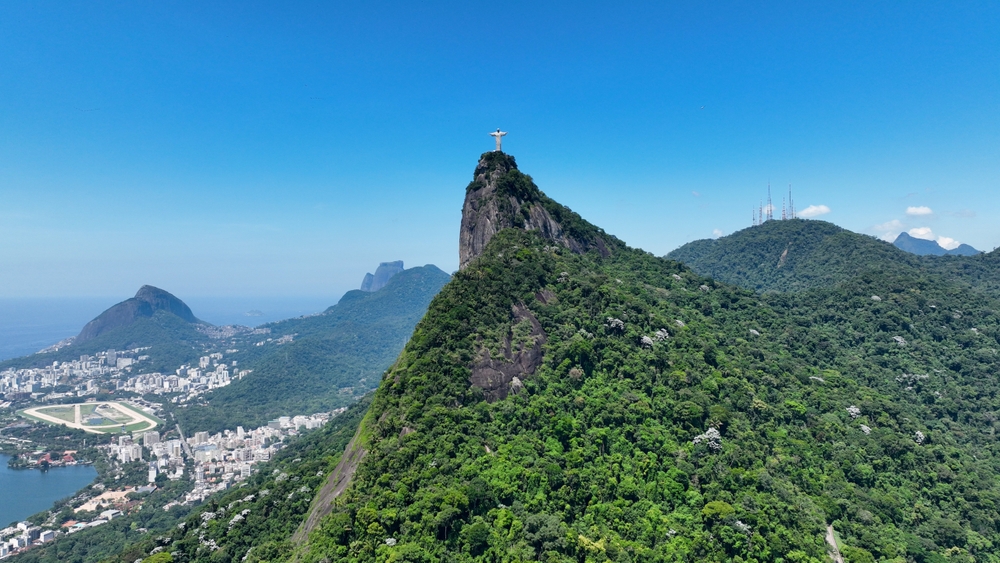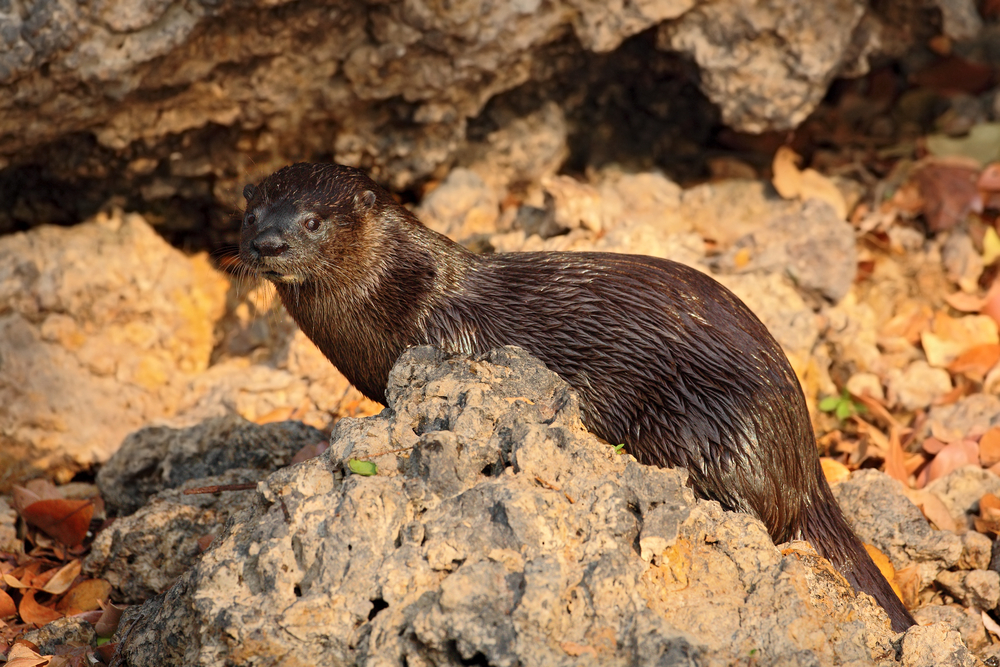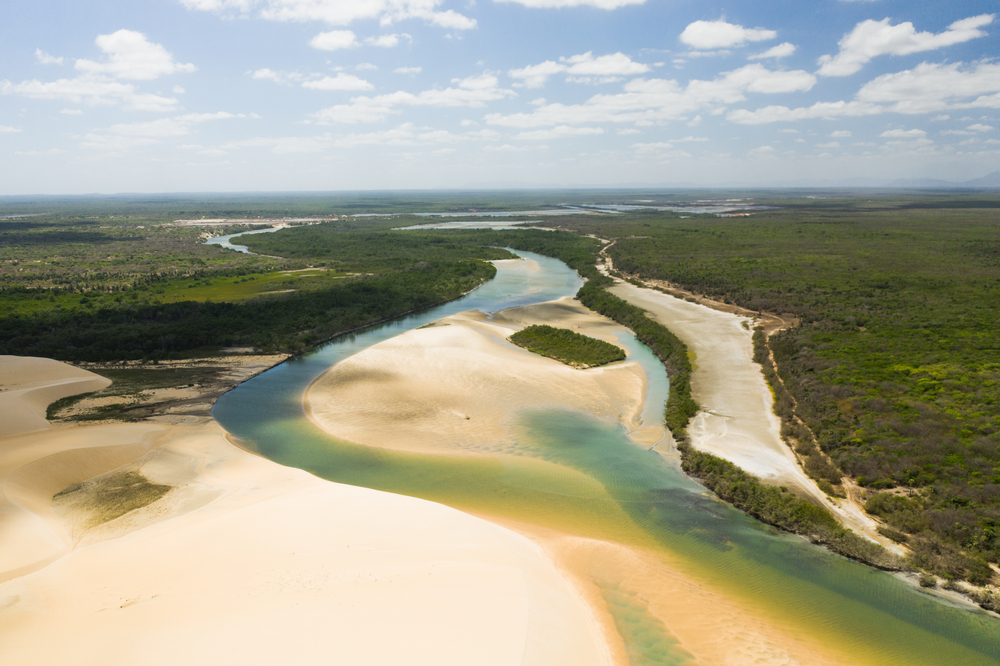Serra da Mocidade Overview
Serra da Mocidade National Park, known locally as Parque Nacional da Serra da Mocidade, is a remote and biodiverse protected area located in the far northwestern corner of Brazil. Situated primarily within the state of Roraima, near the border with Venezuela, the park covers approximately 1,124 square miles, or 2,911 square kilometers.
This expansive park lies within a transitional zone between the Amazon rainforest and the Guiana Shield, resulting in a mosaic of landscapes that contribute to its remarkable ecological richness. The park’s isolation and rugged terrain have preserved its pristine environment, making it one of Brazil’s least explored and most enigmatic national parks.
The terrain within Serra da Mocidade is strikingly diverse. It features a dramatic combination of lowland rainforest, mountainous escarpments, sandstone plateaus, and deeply incised river valleys.
The Serra da Mocidade mountain range itself dominates the park, with sharp ridgelines and steep cliffs that can rise over 1,000 meters above the surrounding forest. This variation in elevation supports a range of unique vegetation types, from dense humid forests in the lowlands to open montane scrub and rock outcrops near the peaks.
Epiphytes, orchids, and bromeliads thrive here, along with towering trees draped in moss and lichen. Waterfalls cascade from hidden heights into clear river pools, and rivers like the Catrimani and the Maracá wind through the region, shaping its valleys and supporting aquatic ecosystems.
Wildlife in Serra da Mocidade is rich yet remains understudied due to the park’s inaccessibility. It harbors several endemic and rare species. Among the notable mammals, the jaguar, giant anteater, tapir, and various monkey species—including the howler monkey and capuchin—can be found.
The park is also home to elusive predators like the puma and possibly the bush dog. Birdlife is vibrant and includes colorful species such as the Guianan cock-of-the-rock, harpy eagle, and various toucans and macaws. Given its location near biogeographic boundaries, Serra da Mocidade offers a unique blend of Amazonian and Guianan fauna, many of which remain undescribed by science.
One of the most remarkable features of the park is its relative obscurity, which has allowed for a level of conservation rarely seen in more accessible areas. The park’s remoteness is a draw for scientists and adventurers, with research expeditions discovering new species and documenting rare ecological phenomena.
Visitors are generally limited to scientific teams or those with permits, making tourism minimal but highly immersive. Access is typically achieved via river transport or helicopter, followed by strenuous treks through unmarked terrain.
Serra da Mocidade faces ongoing conservation challenges despite its isolation. Illegal mining and logging in nearby areas pose potential threats, and its proximity to indigenous territories necessitates sensitive and cooperative management.
However, the Brazilian environmental agency ICMBio, along with indigenous communities and researchers, have worked together to protect the park’s biodiversity and cultural significance. Their collaborative efforts have led to conservation successes, such as expanded biological surveys and strengthened monitoring of ecological integrity.












































































